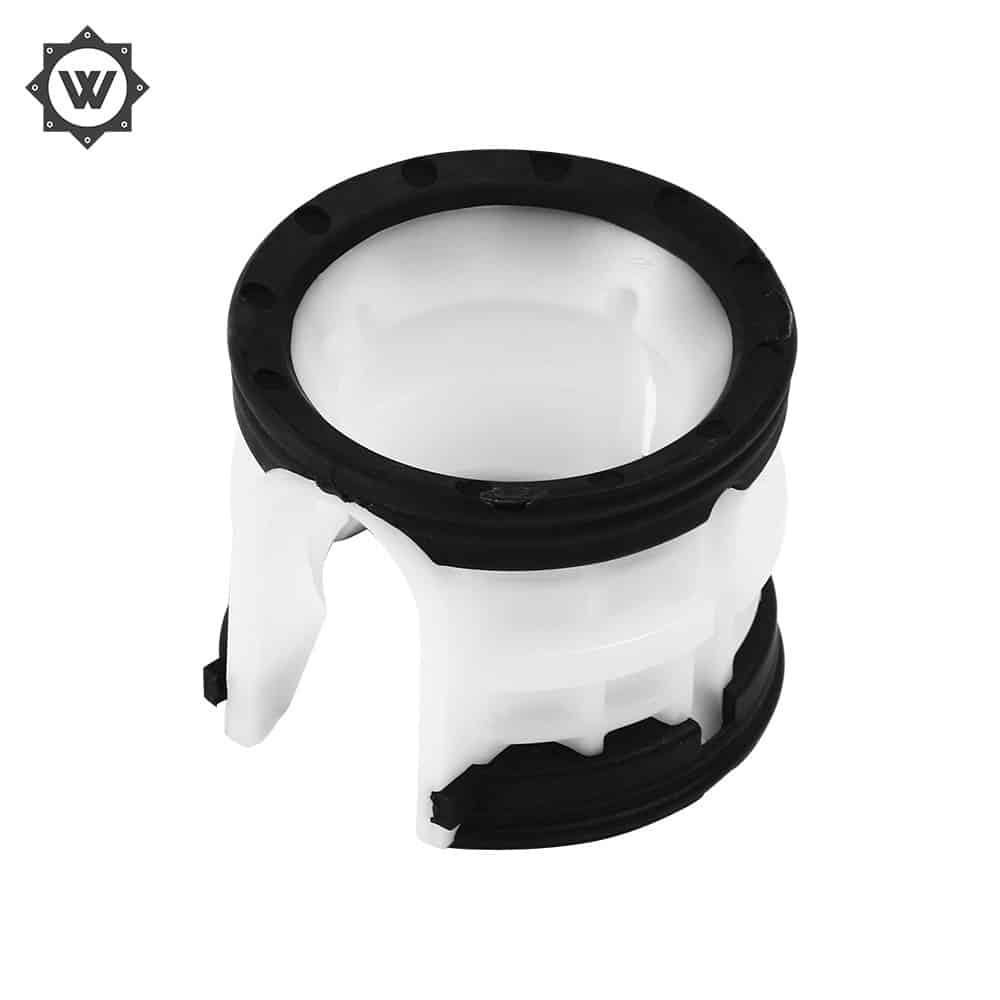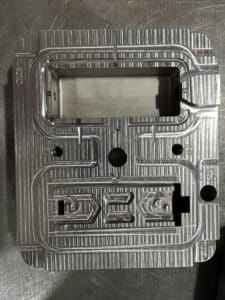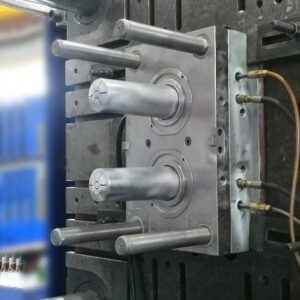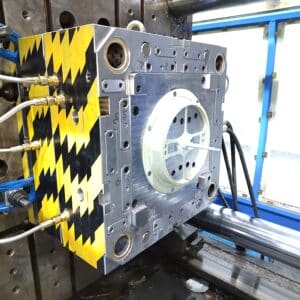Injection molding pre-molding action and back pressure control, do you know?
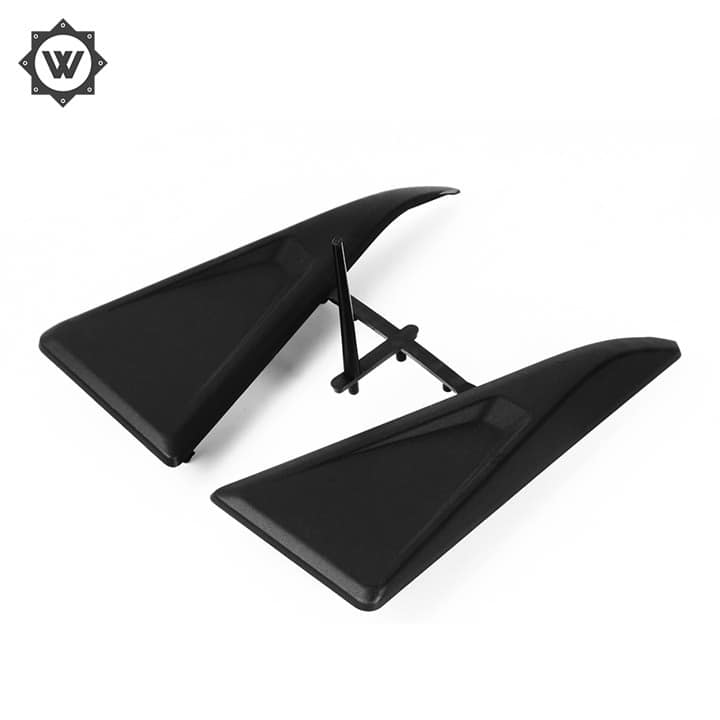
Injection molding pre-molding action options.
According to whether the injection seat is backed up before and after pre-molding charging, i.e. whether the nozzle leaves the mold, the injection molding machine generally has three options.
Fixed charging: the nozzle is always pressed into the mold before and after pre-molding, and the injection seat does not move.
Pre-feeding: The nozzle is pressed against the mold for pre-molding, and when the pre-molding is finished, the injection seat recedes and the nozzle leaves the mold.
The purpose of choosing this method is.
Pre-molding using the injection hole of the mold against the nozzle to avoid the melt flowing out from the nozzle when the back pressure is high, and after pre-molding can avoid the heat transfer between the nozzle and the mold for a long time and affect the relative stability of their respective temperatures.
Back-filling: After the injection is completed, the injection seat recedes, the nozzle leaves the mold and then pre-molded, and the injection seat advances again after pre-molding. This action is suitable for processing plastics with particularly narrow molding temperatures. Due to the short contact time between the nozzle and the mold, heat loss is avoided and solidification of the melt in the nozzle hole is avoided.
The pre-molding action starts after the injection is finished and the cooling timer has timed out. The screw rotates to melt and extrude the plastic to the front of the screw head. The molten plastic accumulates at the front of the barrel and forces the screw backward due to the one-way valve acted by the check ring at the front of the screw.
When the screw retreats to a predetermined position (this position is determined by a travel switch, which controls the distance the screw retreats to achieve quantitative feeding), the pre-melting stops and the screw stops rotating. This action can release the pressure of the melt gathered at the nozzle and overcome the “saliva” phenomenon caused by the imbalance of pressure inside and outside the barrel.
If you do not need to retract, you should set the retract stop switch to the appropriate position, so that the pre-shape stop switch is pressed on the same moment, the retract stop switch is also pressed on. When the screw retracts to the stop switch, the retraction stops. Then the shooter starts to retract. When the shot holder recedes to the press-up stop switch, the shot holder stops receding. If the fixed feeding method is used, care should be taken to adjust the position of the travel switch.
In general, the fixed feeding method is used to save the time for the injection seat to enter and exit and to speed up the production cycle.
Injection molding back pressure and speed control of the screw:
High back pressure can make the melt get strong shear, low speed will also make the plastic in the barrel to get a longer plasticizing time. Therefore, the control of back pressure and rotational speed is now more often programmed simultaneously.
For example, a high speed and low back pressure at the full screw metering stroke, then switching to a lower speed and higher back pressure, then switching to a high back pressure and low speed, and finally plasticizing at a low back pressure and low speed. In this way, most of the pressure of the melt at the front of the screw is released and the rotational inertia of the screw is reduced, thus improving the accuracy of screw metering.
Excessive back pressure often results in.
Increased discoloration of the colorant.
Increased mechanical wear of the pre-molding mechanism combined with the barrel screw.
longer pre-molding cycles and lower production efficiency.
salivation of the nozzle easily and an increase in the amount of recycled material.
Even with self-locking nozzles, if the back pressure is higher than the designed spring blocking pressure, it will also cause fatigue damage. Therefore, the back pressure must be adjusted properly;


